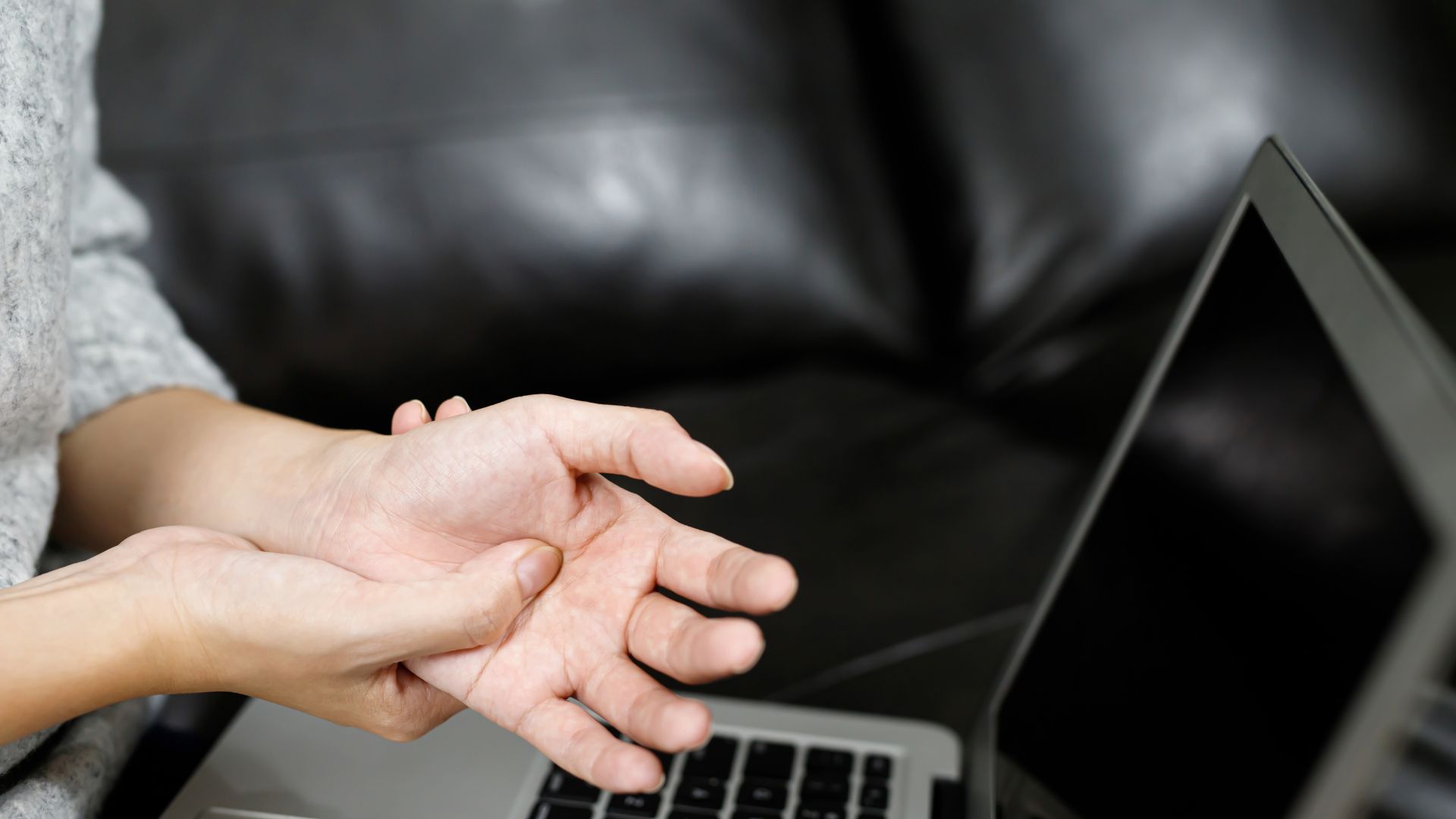The most common cause of muscle pain is overuse or injury. This can happen when you suddenly increase the intensity or duration of your physical activity, or if you don’t warm up properly before working out. Chronic conditions such as arthritis, fibromyalgia, and autoimmune diseases can also lead to muscle pain.
There are two main types of muscle pain: acute and chronic. Acute muscle pain comes on suddenly and usually goes away within a few days or weeks with home treatment and rest. Chronic muscle pain persists for months or even years, and can significantly interfere with your quality of life. To stop it from affecting our activities of daily life, we need to treat it in the easiest way possible.
Hot and cold therapies are two most convenient ways to resolve muscle pain. Let’s see how they work.
Hot therapy
Hot therapy increases blood flow to the area, which helps reduce inflammation and promote healing. When you apply heat to an area, your blood vessels dilate, or widen. This increased blood flow brings more oxygen and nutrients to the muscles, which helps them heal faster.
Here is how you can give hot therapy
- Apply a heating pad to the affected area for 20 to 30 minutes at a time.
- Take a warm bath or shower.
- Use a paraffin wax bath.
How to use a heating pad?
A heating pad is a portable device that uses electricity to generate heat. It’s designed to be placed on your body to relieve pain. Heating pads come in different sizes, shapes, and levels of heat.
When using a heating pad, it’s important to follow the manufacturer’s instructions. In general, you should:
- Place the heating pad on a level surface.
- Position the heating pad over the painful area.
- Wrap the heating pad around the affected area if possible.
- Secure the heating pad in place with a towel or piece of clothing.
- Set the heat to a comfortable level. Don’t set it too high, as this could burn your skin.
- Leave the heating pad in place for 20 to 30 minutes.
- Turn off the heating pad and unplug it from the outlet.
- Wait at least an hour before using the heating pad again.
Warm bath or shower
Taking a warm bath or shower can also help to relax your muscles and reduce pain. The heat from the water can help to increase blood flow and reduce inflammation.
To take a warm bath or shower:
- Fill your tub or shower with warm, not hot, water.
- Add Epsom salt, baking soda, or essential oils to the water to help soothe your muscles.
- Get in and soak for 20 to 30 minutes.
- Gently wash your body with a mild soap.
- Rinse off and towel dry.
Paraffin wax
Paraffin wax is a thick, oily substance that’s solid at room temperature but melts when heated. When you dip your hands or feet in paraffin wax, the heat helps to increase blood flow and reduce inflammation. It is often used for dry skin.
Paraffin baths are usually done at a doctor’s office or physical therapy clinic. But you can also buy a paraffin bath for home use.
When using a paraffin bath, it’s important to follow the manufacturer’s instructions. In general, you should:
- Fill the paraffin bath with melted paraffin wax. The wax should be warm, not hot.
- Test the temperature of the wax before dipping your hands or feet in.
- Dip your hands or feet in the wax for a few minutes.
- Remove your hands or feet from the wax and let them cool for a few seconds.
- Repeat the dipping process several times.
- After you’re done, wash your hands or feet with soap and water.
- Apply lotion to your hands or feet.
Cold therapy
Cold immersion therapy, also known as cryotherapy, numbs the affected area and decreases inflammation. When you apply cold to an area, your blood vessels constrict, or narrow. This reduced blood flow can help to reduce inflammation and pain.
There are several ways you can give yourself cold therapy:
- Apply a cold pack to the affected area for 20 to 30 minutes at a time.
- Take a cold bath or shower.
- Use an ice massage.
How to make a cold pack?
A cold pack is a portable device that uses either ice or a chemical gel to create cold. Cold packs are available for purchase at most drugstores. You can also make your own cold pack at home using a few simple ingredients.
To make a cold pack, you will need:
- A sealable plastic bag
- Water
- Ice cubes
Instructions:
- Fill the plastic bag halfway with water.
- Add ice cubes to the bag until it’s full.
- Seal the bag and place it in the freezer for at least an hour.
- When you’re ready to use the cold pack, wrap it in a towel or piece of cloth.
- Apply it to the affected area for 20 to 30 minutes.
- After you’re done, remove the cold pack and let your skin warm up gradually.
Don’ts
There are a few things you should avoid when using hot or cold therapy:
- Don’t use hot or cold therapy on an open wound.
- Don’t put ice directly on your skin. Wrap it in a towel first.
- Don’t use heat if you have diabetes, as it could cause burns.
- Don’t sleep with a heating pad or cold pack on your body.
- Don’t use hot or cold therapy for more than 20 minutes at a time.
If you’re not sure whether hot or cold therapy is right for you, talk to your doctor. They can help you figure out the best way to ease your pain.
Consult A Doctor:
For more help visit Orthopedic doctor in Lahore at Fatima Memorial Hospital.

